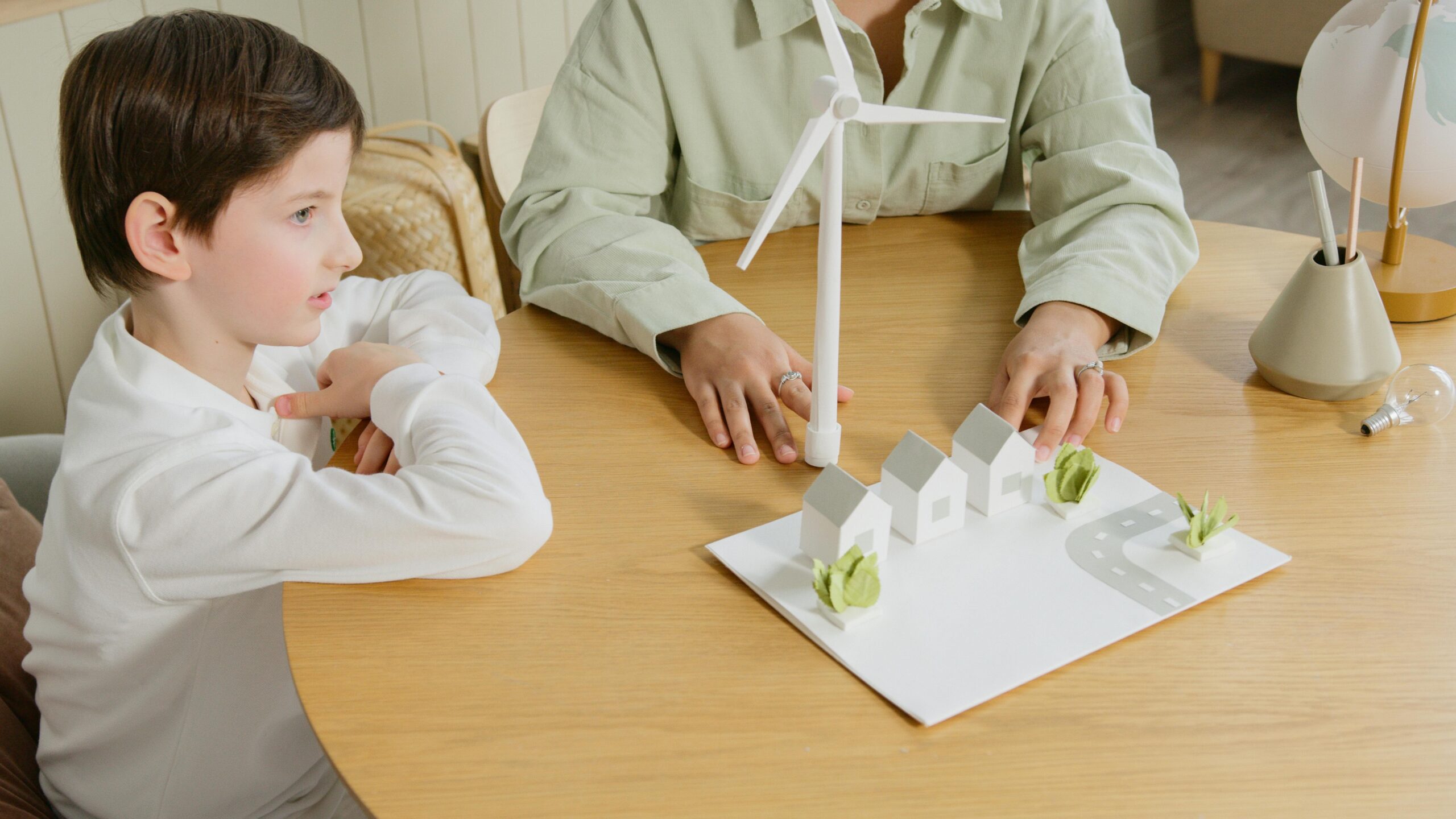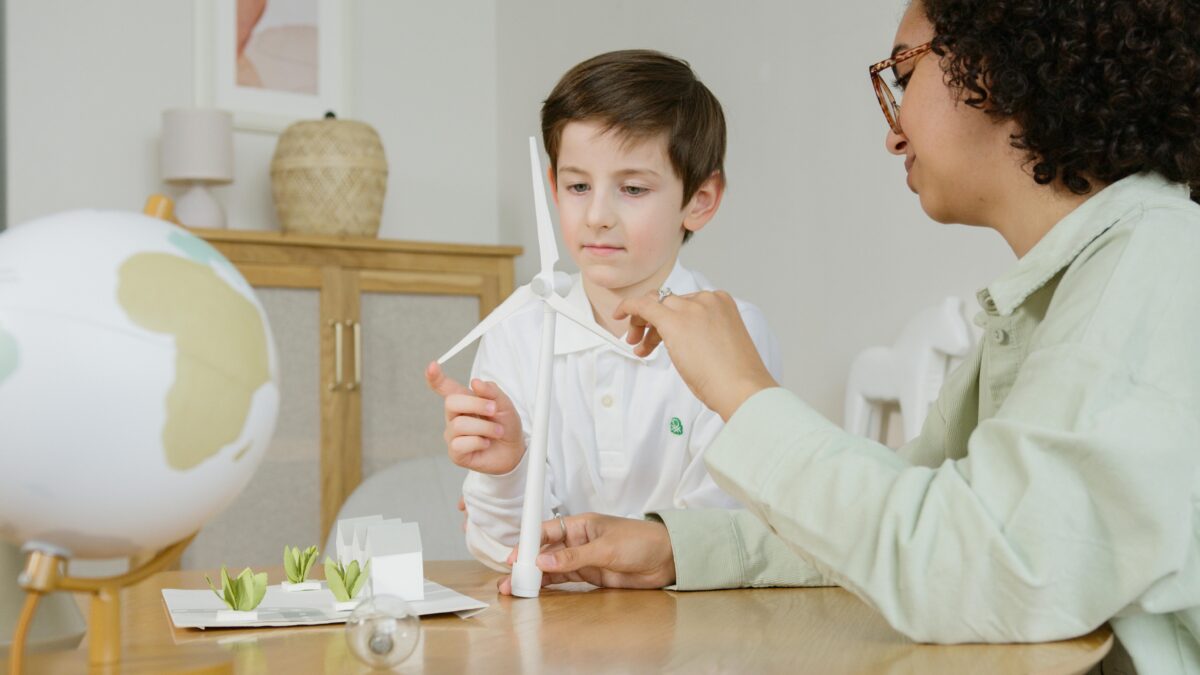In today’s fast-paced, consistent world, outdated teaching methods often struggle to engage scholars fully. Project-Based Learning (PBL) offers a self-motivated alternative that places learners at the center of the progression. Instead of remembering facts for tests, scholars work on real-world projects that require critical thinking, problem-solving, and teamwork. Project-based Based Learning approach not only deepens empathy but also prepares students for the challenges they’ll face elsewhere in the classroom.
PBL is not just another enlightening trend—Project-based Learning transformative coaching strategy that bridges the gap between theory and practice. By assimilating knowledge from innumerable subjects and applying it to authentic encounters, project-based learning nurtures both hypothetical skills and essential life capabilities.
What is Project-Based Knowledge?
Project-based Based Learning is an instructional method in which students learn by vigorously engaging in expressive projects. These projects are typically complex tasks that require sustained effort over days, weeks, or even months. The learning procedure revolves around a central inquiry or problem that is dependable, stimulating, and pertinent to students’ existence.

Key physiognomies of PBL include:
Inquiry-driven learning: Students discover open-ended questions and develop answers.
Real-world relevance: Projects speech real challenges or simulate realistic situations.
Student-centered approach: Learners have noteworthy voice and choice in how they method tasks.
Collaboration: Cooperation and peer feedback are essential to the procedure.
Public presentation: Scholars often present their work to spectators beyond the classroom.
Benefits of Project-Based Learning
Implementing project-based learning offers a plethora of advantages for both pupils and educators:
Enhanced Engagement – Practical problems capture students’ attention more effectively than abstract lessons.
Critical Thinking and Problem Solving – PBL challenges schoolgirls to think deeply, evaluate options, and make conclusions.
Collaboration Skills – Salaried in teams helps students develop communiqué and interpersonal skills.
Creativity and Innovation – Open-ended schemes encourage original thinking and ingenuity.
Deeper Understanding – Students remember knowledge longer when they apply it to practical circumstances.
Preparation for the Future – Services such as time management, adaptability, and self-motivation prepare students for careers and higher education.
How Project-Based Education Works
A positive project-based learning framework typically follows these periods:
Recognizing the Driving Question
The procedure begins with a dominant question that sparks inquisitiveness and sets the way for the project. Example: How can we reduce plastic waste in our public?
Planning and Research
Students work together to determine the scope, assign roles, and investigate the topic. Teachers act as organizers, guiding learners to trustworthy sources and encouraging review.
Creating a Solution or Product
Learner’s enterprise, builds, or develops something palpable—such as a model, presentation, video, or written report—that addresses the driving inquiry.
Presenting the Project
Students segment their work with viewers, which could include classmates, parents, local experts, or the wider community.
Reflection and Assessment
Both teachers and schoolboys evaluate the process and outcomes, identifying successes and areas for improvement.
Examples of Project-Based Learning in Action
STEM Project: Calculating and building a solar-powered water purification system.
Social Studies Project: Making an interactive gallery exhibit on local ancient times.
Environmental Science Project: Emerging a school-wide recycling package.
Language Arts Project: Script, illustrating, and publishing a children’s volume.
Mathematics Project: Preparing a community garden with precise budgeting and spatial enterprise.
Each example assimilates subject knowledge with practical presentation, ensuring a holistic learning experience.
The Teacher’s Role in Scheme-Based Learning
In PBL, the teacher is not just a foundation of information but a facilitator and mentor. Key responsibilities comprise:
Scheming meaningful driving questions.
Guiding students toward trustworthy research methods.
Encouraging originality and problem-solving.
As long as timely feedback.
Helping students improve on their learning journey.
Challenges of Project-Based Scholarship and How to Overcome Them
While project-based learning is highly relevant, it’s not without challenges:
Time Constraints: Projects can be time-intensive. Explanation: Break them into manageable stages.
Assessment Difficulties: Gauging skills like creativity and teamwork can be complicated. Solution: Use rubrics and peer evaluations.
Uneven Participation: Certain students may contribute less. Solution: Assign clear roles and errands.
Resource Limitations: Schemes often require materials or access to knowledge. Solution: Harness creative use of available resources and seek community companies.
Frequently Asked Questions (FAQs)
What is the main goal of development-based learning?
The main goal is to foster deeper, sympathetic, and skill development by engaging students in authentic, real-world tasks.
How does project-based learning differ from traditional teaching?
Old-style teaching often emphasizes lectures and tests, while PBL emphasizes hands-on, student-led exploration of practical problems.
Can project-based learning be applied to all themes?
Yes. PBL is flexible to any subject—from science and math to art and linguistic arts—by framing lessons around pertinent projects.
How are students assessed in project-based education?
Assessment can comprise presentations, portfolios, rubrics, peer appraisals, and self-reflection, alongside old-style methods.
Does project-based learning prepare students for the real biosphere?
Unconditionally. PBL builds essential life skills such as cooperation, communication, adaptability, and problem-solving.
Conclusion
Project-based learning is more than a coaching technique—it’s an attitude shift toward lively, student-driven schooling. By anchoring lessons in real-world contexts, PBL cultivates inquisitiveness, critical thinking, and association, ensuring students are not only ready for academic success but also for the complexities of contemporary life. While implementing PBL may require more planning and adaptability from teachers, the loots in student achievement and performance are well value the effort. In an era where adaptability and novelty are vital, project-based learning equips beginners with the tools they need to thrive, both in school and beyond. If you want, I can also enhance this article with Meta tags, keyword thickness adjustments, and internal linking proposals so it’s even more likely to be Google-indexed successfully. Would you like me to do that following?
Also Read More: Kayleigh McEnany No Makeup A Glimpse Beyond the Podium



